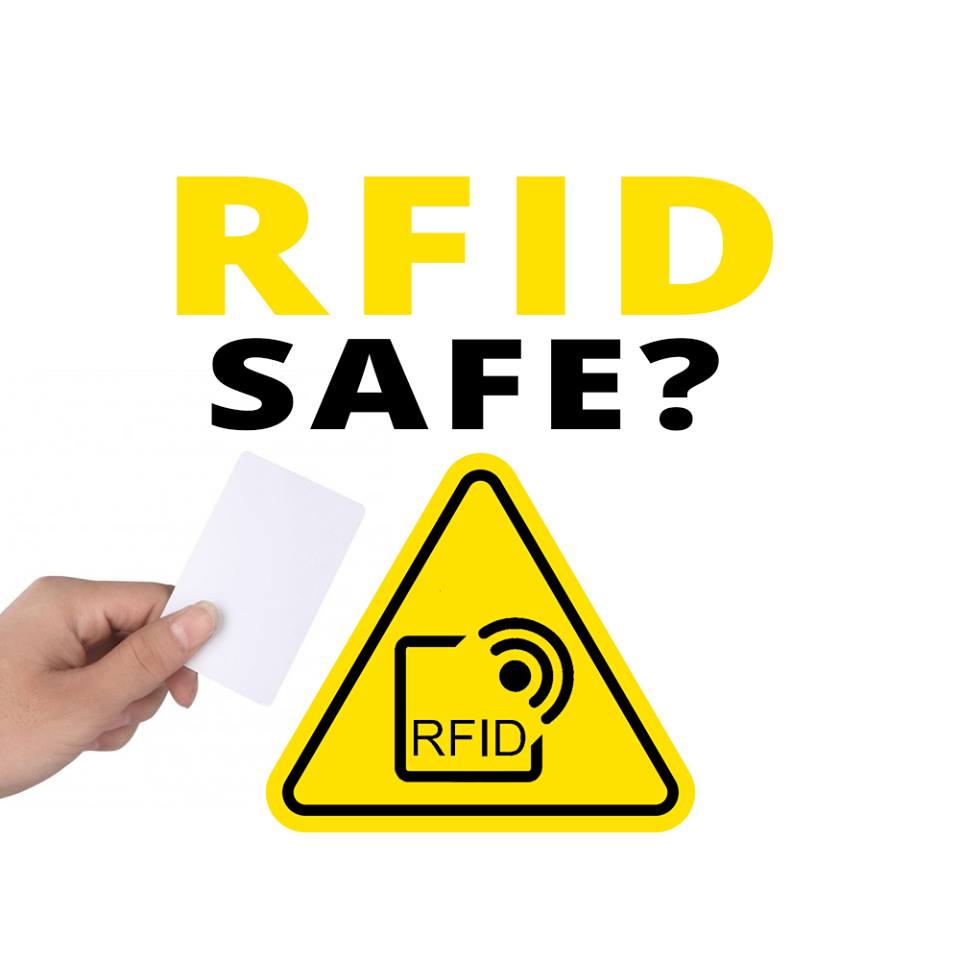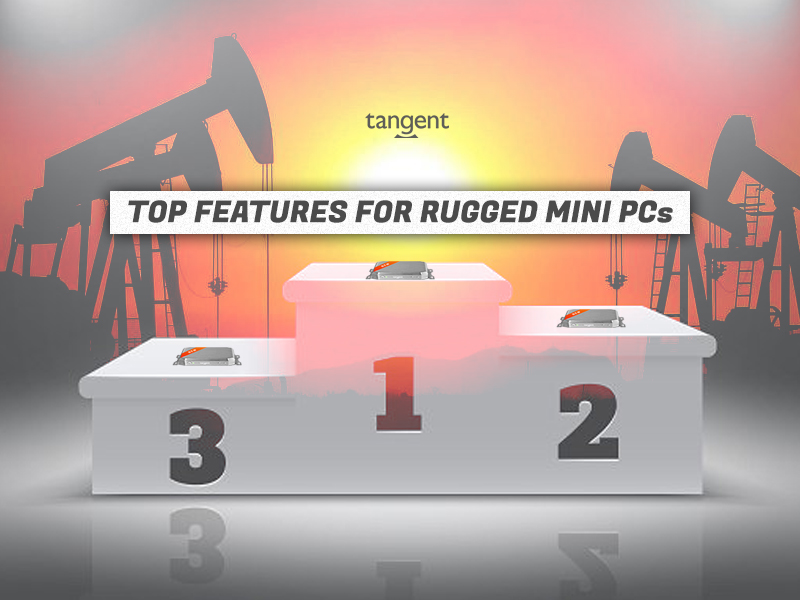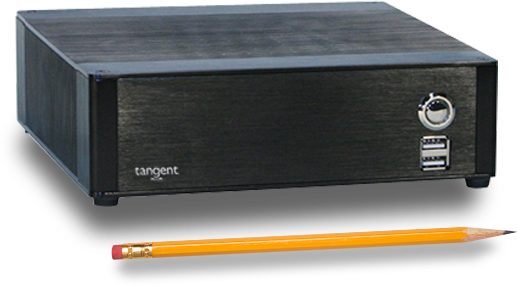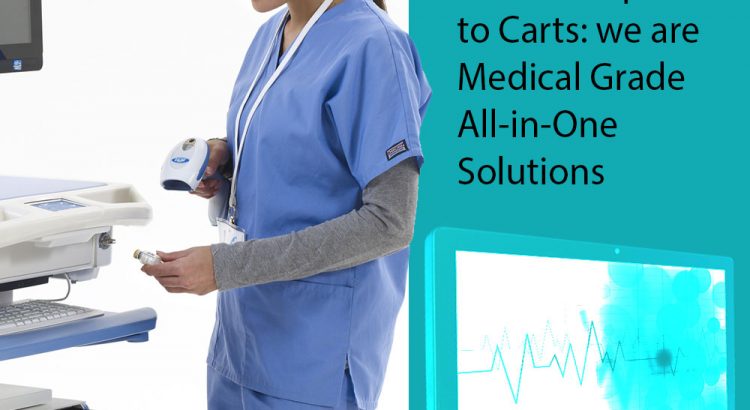The average company doesn’t typically replace their computers all at once in a mass hardware refresh. Over years of use, certain models are phased out for newer ones or replaced because of age. And as business processes change and newer software suites require specific system configurations, a wide assortment of computer systems tend to be […]
Tag: Medical Computers

Maintain a Healthy Workforce with Tangent
Promoting clean and sanitary work areas isn’t just incredibly impactful in medical settings. Illness costs US employers $530 billion per year in lost productivity, per a 2018 report from the Integrated Benefits Institute (IBI). Thomas Parry, IBI’s President says that the cost of poor health to employers is greater than the combined revenues of Apple, […]

Medical Grade Family of Products
Integrating technology into hospital workflows has been massively transformational to a great many health care systems and providers. An article from Healthcare IT News discusses how a hospital in New York was able to leverage technology to monitor patients and reduce transfers to the ICU by 63%. Staff at Saratoga Hospital were taking patients’ vital […]

5 Ways Medical Computers Excel over Consumer PCs
5 Ways Medical Computers Excel over Consumer PCs There’s a good reason why the healthcare field is one of the most heavily regulated industries with the most oversight. When it comes to patient care, painstaking efforts are necessary to protect everyone at a medical facility including staff and visitors. Everything including medical equipment needs […]

Serial Ports, A Dated Yet Necessary Feature
Serial Ports, An Included Legacy Component With as much new technology that Tangent packs into their all-in-one medical computers, one does not expect to see any sort of legacy components included. However, if you look at the I/O ports on the back of the Tangent M24T medical computer, something surprising is present: three RS-232 DB9 […]

Is RFID Safe?
RFID (radio-frequency identification) technology has been found to generate considerable cost savings and increase efficiency in a variety of sectors like supply chain management, asset management, and information technology departments due to its ability to capture data without any human intervention. Utilizing RFID in healthcare has been explored with great interest in recent years […]

Top Features of Tangent Rugged Mini PCs
Top Features of Tangent Rugged Mini PCs With our line of over 10 Rugged Mini PCs and adjustable specifications, it’s no wonder why Tangent is the go-to provider for Rugged Mini PCs. At Tangent, you can find the right Mini PC for your needs. Below are some key features you can find in our lineup […]

RUGGED MINI PCs: A BUYER’S GUIDE
SELECTING THE RIGHT TANGENT RUGGED MINI PC: A BUYER’S GUIDE Selecting the right Rugged Mini PC is an important task, but it should not be a daunting one. With our wide variety of expertly crafted Tangent Rugged Mini PCs, choosing the right model to suit your needs could not be easier. We have carefully designed […]
